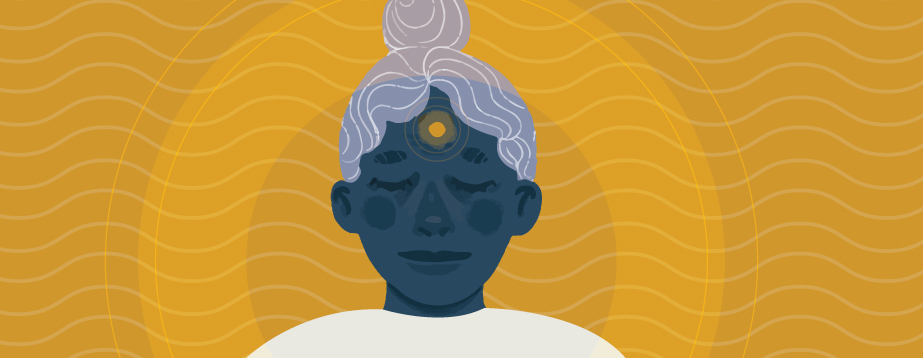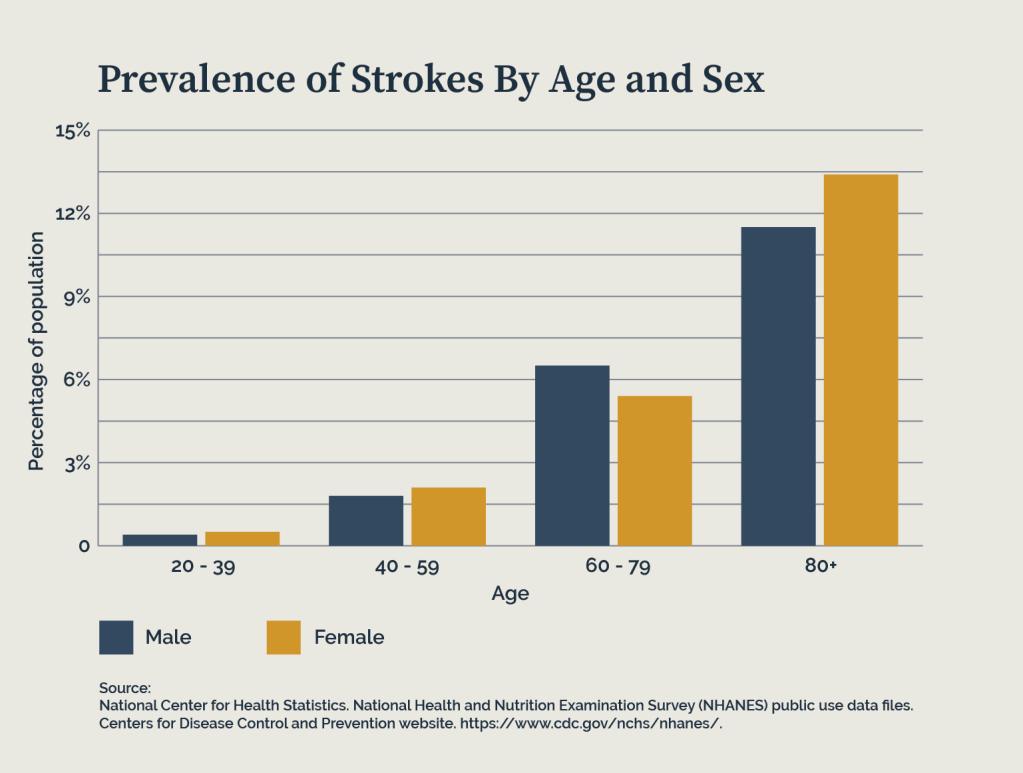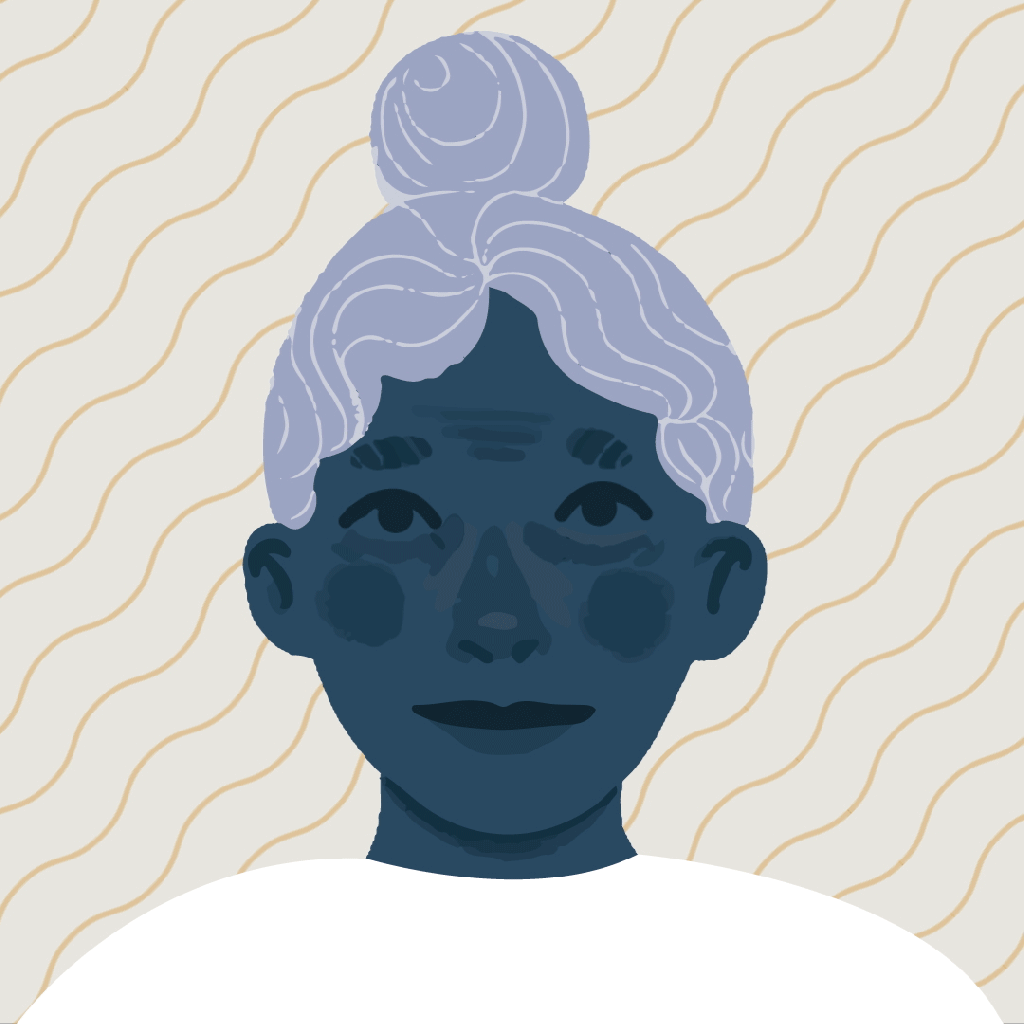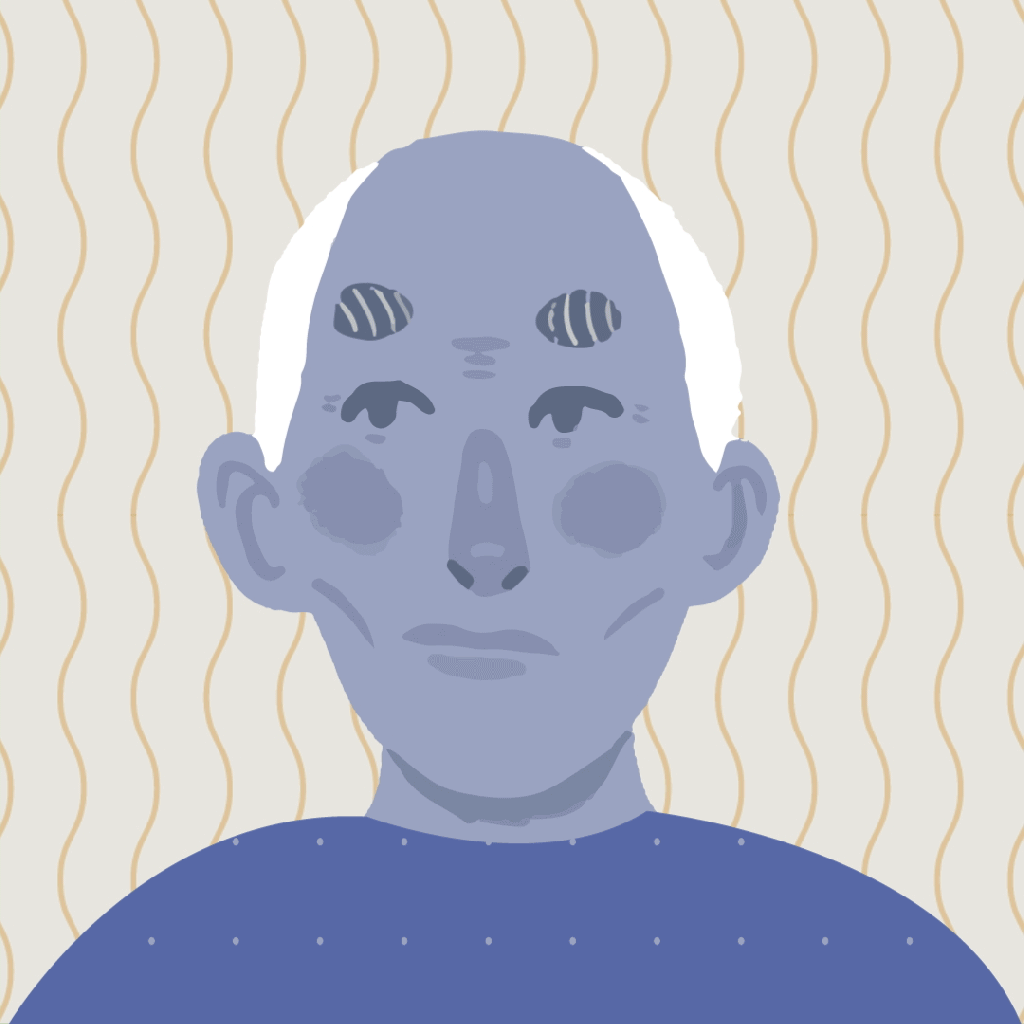Stroke Recovery Speech and Communication Guide

For many stroke patients, recovery can be a long, challenging process. According to Natalie Rosen, MS, CF-SLP, people with no experience interacting with a stroke survivor may not understand that fact.
“[Experiencing] a stroke damages your brain, and it doesn’t recover super-fast.” Rosen said. However, being discharged from the hospital, or completing inpatient stroke rehabilitation, is only the beginning for stroke survivors who are re-entering the “real world.”
Stroke recovery is an ongoing process that includes working to regain skills and finding alternative ways to communicate and function when a full recovery cannot be attained, Rosen said.
Through specialized care from speech language pathologists (SLPs) and other health care professionals and the support of friends and family, stroke survivors can find the resources they need to live as independently as possible.
The Challenges of Stroke Recovery
According to the Centers for Disease Control and Prevention (CDC), more than 795,000 people have a stroke in the United States each year. Sometimes referred to as a “brain attack,” stroke is the leading cause of long-term disability—about half of all stroke survivors age 65 and older experience mobility loss.

Jump to a tabular version of the data in this graphic.
Having a stroke can also affect a person’s ability to speak, use and understand language. Research shows that about one-third of stroke survivors experience challenges related to speech or language. According to Tracie Bearden MS, CCC-SLP, CBIST, there are a number of ways the body can be affected by a stroke that can hinder speech and communication, ranging from oral motor muscle strength to cognitive communication, to voice impairment and loss of vocal intensity.
Speech language pathologists can help people in stroke recovery address these issues to rebuild skills and find alternative solutions. “We want them to be functional and more independent, especially with their communication,” Bearden said.
Understanding Stroke Rehabilitation: Glossary of Terms
- Aphasia – a language disorder caused by stroke or brain damage that affects an individual’s ability to use or understand language.
- Aspiration – a swallowing problem that may allow food or liquid to enter the windpipe. This can cause complications in stroke patients.
- Dysphagia – a condition that makes it difficult to swallow food or liquids safely due to neural control or weakness of muscles in the throat and mouth.
- Expressive Aphasia – a type of aphasia that affects a person’s ability to produce speech.
- Ischemic Stroke – occurs when a blood vessel in the brain is obstructed by a clot.
- Apraxia of Speech – a motor speech disorder that affects the ability of the brain to send messages to the mouth muscles to speak.
- Augmentative and Alternative Communication (AAC) – communication devices, systems and tools that can be used to replace or support speech.
- Dysarthria – a motor speech disorder that causes weakness in the mouth muscles, which can cause speech trouble.
- Hemorrhagic Stroke – occurs when a weakened blood vessel ruptures in the brain.
- Receptive Aphasia – a type of aphasia that affects a person’s ability to understand spoken language.
Sources:
- “Causes of Aphasia,” ASHA, Accessed August 2, 2021. ASHA.org
- “What is Dysphagia,” NIH, Accessed August 2, 2021. NIH.gov
- “Dysarthria,” ASHA, Accessed August 2, 2021.
- “Types of Stroke,” CDC, Accessed August 2, 2021. CDC.gov
- “Swallowing Disorders in Adults,” ASHA, Accessed August 4, 2021. ASHA.org
- “Wernicke’s (Receptive) Aphasia,” National Aphasia Association, Accessed August 4, 2021.
- “Augmentative and Alternative Communication (AAC),” ASHA, Accessed August 4, 2021. ASHA.org
Stroke Recovery Resources for Survivors and Families
The rehabilitation process takes a lot of hard work and patience—from the person who is recovering from a stroke and their support system. There are many things people can do to navigate their stroke recovery, and many ways their loved ones can support their progress.
Stroke Recovery Speech Exercises
In addition to working with an SLP during speech therapy sessions, people in stroke recovery can also do helpful exercises at home. While an SLP should advise patients on their plan of care at home, these are some common examples of stroke recovery speech exercises:

Tongue Strengthening Exercises
For the following exercises, hold each position for two seconds before switching. Each can be done in multiple repetitions.
- Stick out tongue then pull it back in.
- Point tongue to the left side of the mouth, then alternate to the right side.
- Reach tongue up toward the nose then down to the chin.

Facial Movement Exercises
For the following exercises, hold each position for two seconds before switching. Each can be done in multiple repetitions. Try doing these exercises while looking into the mirror.
- Practice smiling and then relaxing the face.
- Make a “kissing” face by puckering the lips and then relax the face.

Practicing Word Sounds
Work on making word sounds by taking a consonant and pairing it with each of the five vowels (a, e, i, o, u).
- This can be repeated multiple times with different consonants.
- For example, for “r,” say “ra, re, ri, ro, ru.”

Word Association
Rosen recommended word association games to help retrieve words and improve communication skills. This exercise serves as one example.
- Focusing on a word, think of three descriptors that apply to it. For example, a floor lamp is bright, tall and metal.
- Choose a new word and repeat the process.
- If a more simple level of word association is needed, try pointing to objects or images of objects and take turns saying the name of each object.
Sources:
- “The Best Speech Therapy Exercises to Get Your Voice Back,” Flint Rehab, April 30, 2020. Accessed August 2, 2021.
- “7 Speech Exercises That A Stroke Patient Can Perform At Home,” Nishara Mooruth & Associates, December 13, 2021. Accessed August 2, 2021.
How Family Members Can Support Stroke Survivors
Connect with other survivors. Finding a stroke recovery support group for a loved one may help them meet other people who understand what they are going through. “Knowing that you’re not alone can sometimes be the biggest release,” Bearden said.
Seek mental health guidance. Having a stroke or experiencing any form of brain injury can be very traumatic. “There is the initial trauma, and then they wake up and they’ve lost the ability to do … a functional activity that they did perfectly fine [before the stroke],” Bearden said. Incorporating mental health into stroke rehabilitation can help survivors on their recovery journey.
Be patient during communication. “A lot of my [aphasia] patients have said that the most frustrating thing is people nowadays aren’t that patient.” It’s important to give stroke survivors time to communicate first without filling in words, guessing what they are saying, or interrupting them. Doing so allows people in stroke recovery time to make progress and acknowledges that their voice is important.
Acknowledge progress. It can be encouraging to let a survivor know when you notice an improvement in their stroke recovery. “You are there to support them through their struggles and their successes,” Bearden said.
Find opportunities for independence. Finding little moments in which a stroke survivor can speak for themselves can be empowering, Rosen said. For example, when eating at a restaurant, letting them practice saying their order before a server arrives. This can allow them to practice communicating on their own.
Advocate for Access to AAC. For many stroke survivors, recovery does not equal regaining all their abilities. When progress is made, it may happen slowly. Augmentative and Alternative Communication (AAC) can help stroke patients communicate. AAC range from simple aids like a picture board with images and symbols, to high-tech computerized devices with touch screens.
Further Reading on Stroke Recovery
- Aphasia – ASHA
- Apraxia of Speech in Adults – ASHA
- Dysarthria – ASHA
- HOPE: The Stroke Recovery Guide (PDF, 1.5 MB)
- How to Better Communicate with Stroke Patients
- Information for AAC Users – ASHA
- Life After Stroke Guides & Resources – American Stroke Foundation
- Stroke – CDC
- What is Aphasia? – American Stroke Association
Please note that this article is for informational purposes only. Individuals should consult their healthcare provider before following any of the information provided.
The following section contains data from the graphic in this article.
Age | Percentage of male population | Percentage of female population |
20-39 | 0.4 | 0.5 |
40-59 | 1.8 | 2.1 |
60-79 | 6.5 | 5.4 |
80+ | 11.5 | 5.4 |

